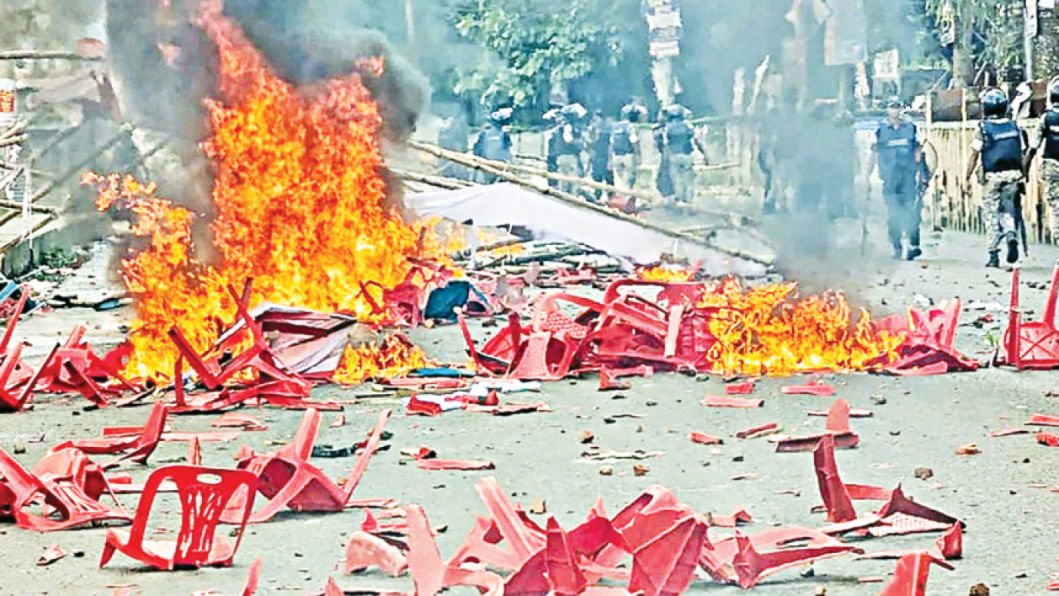In Gopalganj, the names of the deceased individuals – Dipto Saha, Ramzan Munshi, Sohel Mollah, Ramzan Kazi, and Imon – will remain etched in the memory of a new Bangladesh. These were not prominent figures or fighters; they were regular citizens caught in the crossfire of political unrest. The troubling narrative extends beyond their deaths to the manner of their burials. Following the turmoil on July 16, four victims were laid to rest without proper investigation or post-mortem examinations, a severe neglect of legal obligations that risks burying the truth along with them. This failure goes beyond a procedural lapse; it signifies a fundamental crisis for a nation that was born in defiance of impunity.
The absence of autopsies leaves a void in accountability. A post-mortem examination is crucial for determining responsibility in cases of violent deaths, as it can reveal crucial details such as the type of ammunition used and potentially link it to a specific weapon through ballistics. Without this vital evidence, the chances of identifying the perpetrators behind the fatal shots are significantly diminished. The explanation that an unruly mob forcibly removed the bodies to prevent autopsies hints at a breakdown in state control. It also raises concerns about why a hospital, holding key evidence in a multiple-homicide case, lacked adequate security.
This evidentiary gap is compounded by conflicting official statements. While the police chief denied the use of lethal weapons by his officers, the Inter-Services Public Relations Directorate acknowledged the use of force in self-defense but omitted any reference to gunfire or casualties. With at least nine individuals sustaining gunshot injuries, the question of who fired the shots remains unanswered. In the absence of forensic evidence, the contradictory statements from authorities deflect accountability, fueling rumors and distrust among the public. A similar scenario unfolded with the death of Abu Sayed, the initial martyr of the anti-discrimination movement, where a cover-up ensued.
The previous government resorted to false narratives and manipulation of evidence to obscure the truth surrounding Abu Sayed’s death. The current situation, although employing different tactics, leads to the same outcome – obstructing justice at its core. The human toll of this failure is profound and enduring, leaving the victims’ families not only with sorrow but also with a challenging path to seek justice. The formation of an investigative committee by the government is a step forward, yet its efficacy hinges on addressing the unanswered questions resulting from the missing autopsies. It must cut through official ambiguity to establish a clear sequence of events and responsibilities within the security forces on that fateful day. Upholding transparency and accountability is paramount for the new Bangladesh to distance itself from past practices and honor the aspirations of its people.

